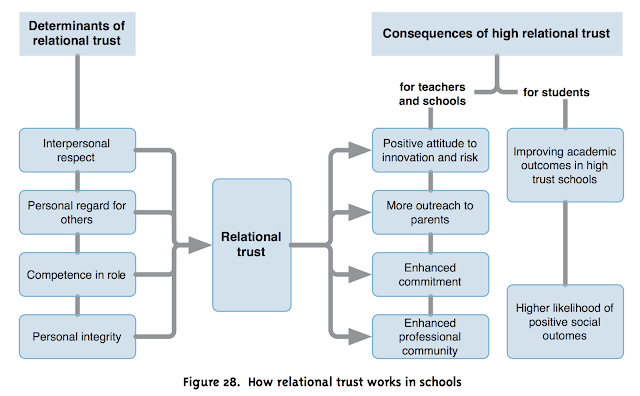Activity 9: Evaluations of the cultural responsiveness in practice
Views on Indigenous Knowledge and Culturally Responsive Pedagogy.
When reflecting on Indigenous Knowledge and Culturally Responsive Pedagogy, I decided to create a mindmap that shows all the things that I consider when working with students, though I am not always conscious of doing so.
As a teacher I don't initially sit back and look at the members of my class and categorise them according to their cultural and indigenous backgrounds. This is due to the fact that I feel anyone can achieve highly regardless of their make-up. I generally look at them according to their abilities first. This is initially based on assessment data and previous school or class records, and then followed by observing the child within the first week of being at school. While assessment data isn't necessarily the most accurate measure of a students ability or need, it does give me a starting point that allows for lots of movement. As behaviours and habits start showing (generally within the first week), I am able to look further into the issues that may arise. These issues aren't just student based - attitudes, behavioural issues, or learning issues, but looking at aspects of teacher agency. This is typically viewed as a quality within educators, a matter of personal capacity to act in response to stimuli within ones pedagogical environment. Other areas to look at would be the school environment and how it impacts a student's learning, whanau or family circumstances, emotional burdens, etc.
I have never looked at or treated my students according to their ethnicity, though I do take into consideration their values, morals, and customs to show them the respect they deserve and to help them feel comfortable and supported at school.
Quite often Maori Achievement is in the headlines for underachieving. Here's a question for you to think about, one I often think about:
"Is it always the education given or could part of the problem be parental rights being taken away that affects Maori Achievement?"
If we live and teach in the past, then we are holding back the progress of our indigenous students.
Evaluation of how I or my school addresses cultural responsiveness in practice.
The make-up of my school is: 59% Maori, 9% European, 5% Niue, 2% Indian, 2% Fijian, 4% Cook Island, 7% African, 2% Tokuloan, and 10% Other Pacifika.
Within the vision, mission, and core values:
The majority of the students are practicing Christian or Seventh Day Adventist. The Vision of the school is based around the special character of the school which embeds christian like values and morals into everyday life of school. This area is out of the hands of school management and is prescribed by the Education Board of Seventh Day Adventist Education. However, because the majority of students are christian, this is a culturally responsive area that is practiced extremely well and is welcomed by all parents, whanau and caregivers. An area here that isn't necessarily well practiced is the knowledge of the core values by students. This is something that the school needs to focus on as this helps to build the graduate profile of our year 8 students as they leave us. While teacher's role model the core values, students aren't aware of them and therefore can't make the connection between the core values and the behaviour that should match.
School-wide activities:
The school-wide activities that I am focussing on are the sporting activities available to the students. We have very active students who enjoy many different sporting codes but unfortunately, due to religious reasons, the practice of sporting on a Saturday is not practiced as it is the belief that Saturday is the day of rest. This leaves sporting to take place during school time, but again we are limited. Because of our age make-up and numbers, we are not able to take part in sports that have year level or age limits, ie. Year 7 Netball - we only have 1 year 7 girl. We are forced to only take part in rural school competitions and I don't feel this allows for the talent of our students to truly shine. Many of our boys are active and competitive and could really do with more competitive competitions. So while this isn't necessarily an indigenous or culturally responsive issue, it is still looking at the needs of the students and can have an impact on their learning requirements.




Comments
Post a Comment